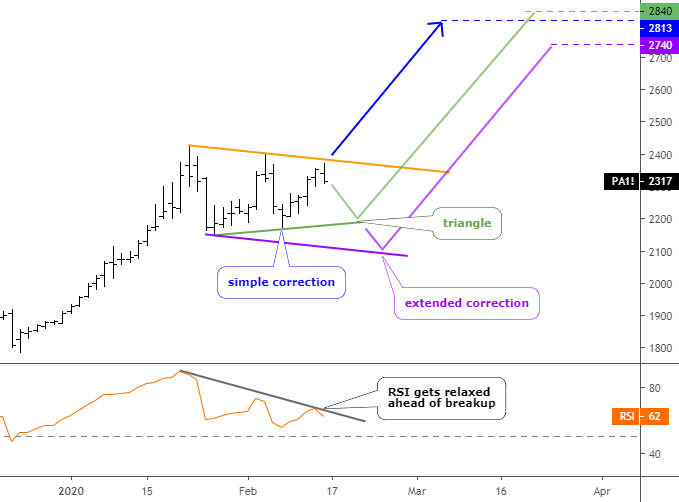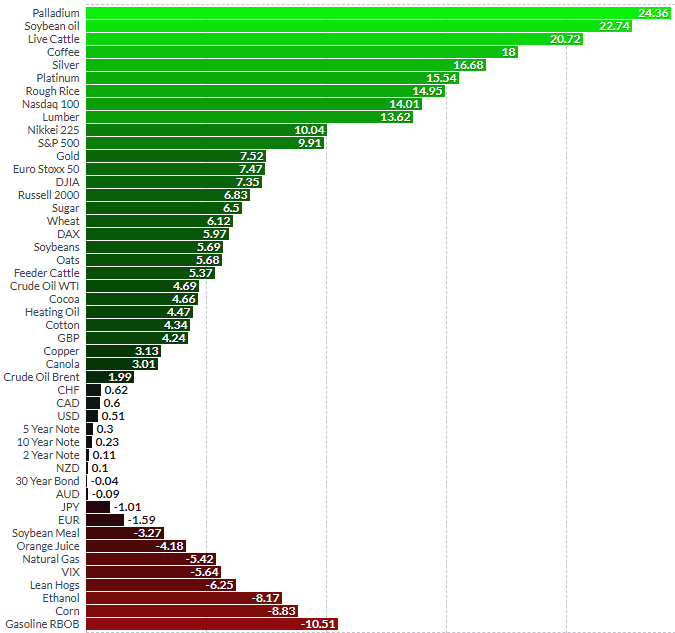In today's Guest Blog spot, I decided to contact Chuck E. Cash from Forex-Trading-School.com. I wanted to get his thoughts and insight on what he thought about the current commodity markets, with Crude and Gasoline as the specific targets. Take a look below and enjoy!
=====================================================================
It's hard not to notice the rally cries coming out of the political parties lately. Each side has their "solution" for the energy problem. The left wants windfall profit taxes and investigations. The right wants a tax holiday and more drilling.
Lately I've been wondering, are the spat of energy ETFs partly to blame?
Conceptually, the energy ETFs should create a more liquid (and thus more perfect) market. But I am starting to have my doubts.
For those unfamiliar with these commodity ETFs, let me explain who they are and how they work.
The first US traded energy ETF, USO, was introduced just 2 years in April 2006. This was the first in a series of unique ETFs whose assets were held in futures and options contracts. Specifically, they seek to track the spot price of West Texas Intermediate (WTI) light, sweet crude oil. These funds also invest in futures contracts for other types of crude oil, heating oil, gasoline, natural gas and other petroleum based-fuels.
This is in sharp contrast to previous commodity ETFs such as GLD, which is backed by some 600+ tonnes of the gold.
Since USO was introduced, other petroleum tracking ETFs have followed.
The aptly named OIL opened August 15 2006.
UCR opened November 29, 2006.
In January 2007 Deutsche Bank introduced DBO and DBE.
And the newest member, UGA which just started trading Feb 26 2008, tracks gasoline futures.
So what's wrong with all these ETFs? Why would they drive up energy prices?
IMO, the commodity ETFs have contributed in 2 key ways.
1. They have allowed casual investors to participate
Futures trading is frequently described as both risky and sophisticated. No doubt, this is because futures are traded on margin, which creates huge profit and loss swings in a short period of time.
By packaging the futures into an ETF though, many participants now see it as a type of stock and behave accordingly. They are willing to buy and hold. They are able to sit through a $14 down turn believing their asset will rebound.
2. They create a new entity, a tracker.
For close to 2 centuries futures markets worked with three types of participants - producers, users, and speculators. These new ETFs have added a 4th entity, a tracker whose sole role is to mimic price movements. Now the traditional players must compete with this new tracker for shares of the same asset. Demand for the contracts has grown while the supply of contracts has not. As we all know, when demand outpaces supply, prices go up.
Don't get me wrong, I'm a capitalist pig no doubt. And I don't think closing these ETFs is a panacea. But I do believe they are exacerbating the spike.
So traders I ask, what do you think?
Are these ETFs helping to create a perfect market that reflects a fear of peak oil?
Or, are they creating a new type of speculation that is contributing to the spike in energy prices?
Chuck E. Cash from Forex-Trading-School.com






